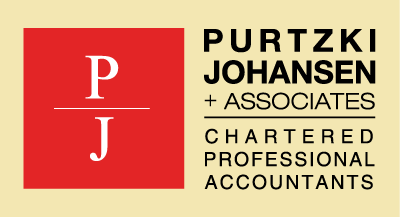To keep your fingers on the pulse of your practice here are some key practice monitors.
1. New patient count
Find out what your normal patient attrition rate is. If the practice has 2000 active patients, and you are getting about 15 new patients a month, 180 – 200 per year, without an increase in production, then your attrition rate is about 10%. To see any appreciable revenue growth, it means that you need to set your new patient target to 15% of your patient base or 25 new patients per month.
2. Treatment acceptance rate
What is the ratio of treatment presented versus treatment accepted? If the ratio is below 70%, then this would call for remedial action, including staff training and scripting.
3. Converting inquiries into appointments
Are you tracking incoming phone calls? Most dentists do not. The Scheduling Institute specializes in telephone training programs to attract patients to your practice. It is estimated that your receptionist will unknowingly turn away one-third of prospective patients. The inability to convert prospects into patients is the Achilles heel of most practices costing hundreds of thousands of dollars each year, and it is mostly due to a lack of training.
4. Tracking dentist and hygienist productivity
Surprisingly many practices do not track the production per hour on a systematic basis. It is the key measurement of productivity. Like the weight scale to somebody on a weight loss program. If you train to increase your production per hour from $400 to $450, you will increase your annual production by an estimated $72,000 ( 8 hrs./day, 180 days). And that is without working an extra hour!
5. Embezzlement monitors
Dental practices, like many other small businesses, are exposed to employee theft. Many dentists do not care to have internal controls in place in the belief that embezzlement happens elsewhere but not in their practice.
Here is how you make sure that all treatments are billed and all cash receipts are deposited in the bank.
- Compare daily the treatments per patient chart to the treatments recorded in the system.
- Inquire about the “fee/payment adjustments” in the front desk report.
- Follow up old uncollected accounts receivable.
- Compare the collections per reports to the bank deposits.



